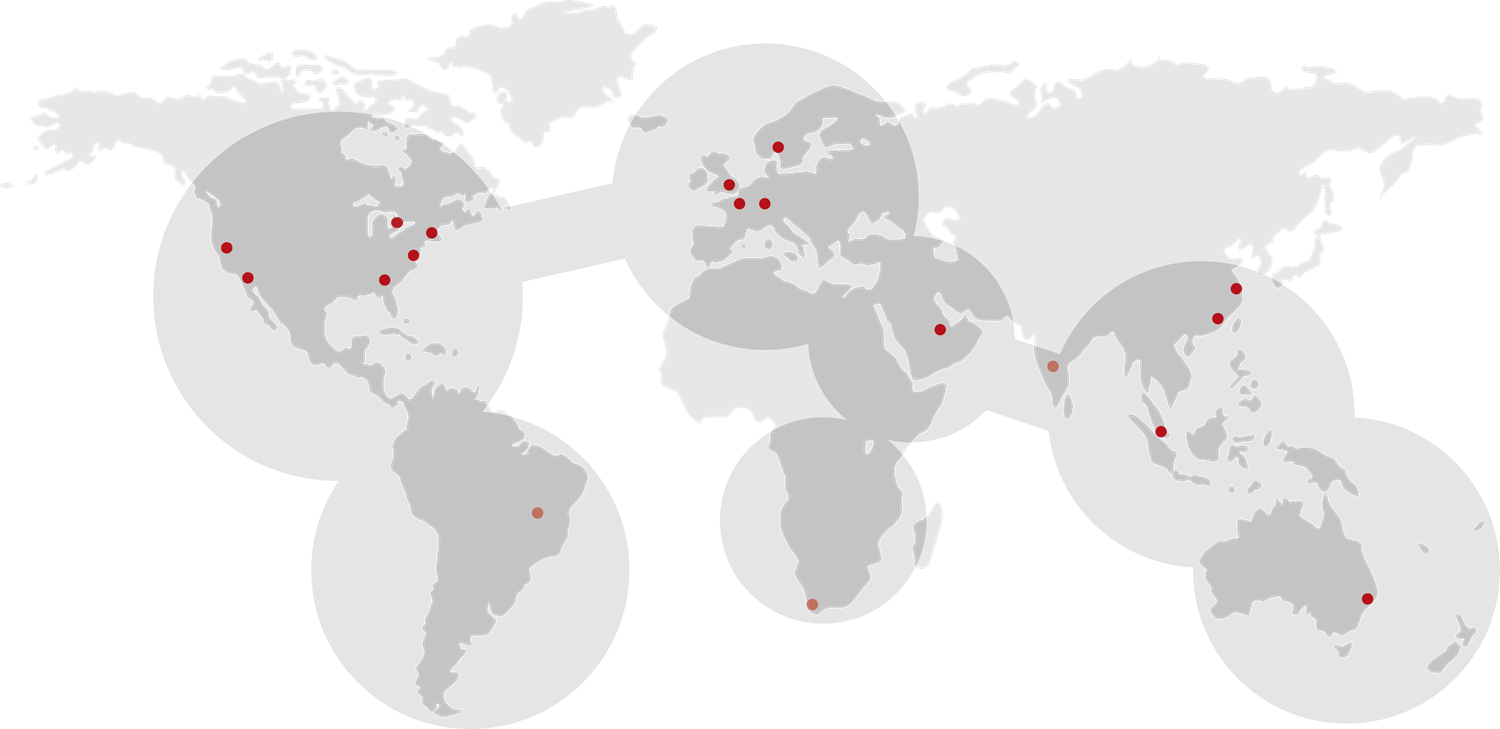There is a lot of confusion in our industry resulting from the various ways we develop, package, sell, and consume business video. The users just want to make video calls and don’t care what makes their video applications work behind the scenes. However, for those looking to deploy and support a video service, it quickly becomes important to understand the pros and cons behind various approaches to business video.
The nature of the video solution you choose can greatly affect your ability to both “turn up” a new service quickly, as well as your ability to upscale/downscale as needed in the future. In fact, there are a number of potential pain points with any technology roll out (incremental costs, ease of deployment, user support, etc.) and when things start to scale up, the pain can become excruciating. The best bet is to solve the issues early on by choosing a true cloud video service that not only solves today’s needs, but allows for future growth.
DO WE NEED INFRASTRUCTURE?
Before we can understand the pros and cons of cloud versus traditional infrastructure, we need to ask why we need infrastructure at all. Can’t we just put video systems in our meeting rooms and set them up to call each other? Unfortunately, it isn’t that simple. For example, look at what is required to support a group call. If we wanted to include 10 video systems in the same call, we can’t just have each one sending and receiving video streams to and from the other 9 systems in the call. That approach (known as peer-to-peer) is too complicated and takes up too much bandwidth. Instead, all 10 systems call into one central virtual meeting room (VMR). However, that VMR has to exist somewhere in real space, it has to be running on a server (called a video bridge) somewhere in the world. That bridge is one example of our video infrastructure.
At the dawn of videoconferencing, video bridges were purpose built physical appliances. A large organization would purchase this box, install it “on-premises” at their location, and use it to host video calls. This wasn’t just the preferred way to host video – it was the only way. There are still some environments where on premise infrastructure might be preferable. For example, an extremely secure location may want to keep all video traffic on-site and off the public internet. However, more and more users are finding a number of benefits to choosing a true cloud solution to support video – eliminating the need to purchase any infrastructure whatsoever.
If you go with a hardware infrastructure solution, you are bound by the limitations of the box you buy. For example, a video server can only support a limited number of calls at a given time. If your business expands beyond the capacity of that server, you need to buy a second appliance. With a cloud video service, you simply turn on more accounts to add more users. There are also geographic limitations to the hardware approach. If you have a hardware video bridge in your New York location, it may do a great job of hosting your east coast video calls. However, what if you open a location in Australia? Do you want all your Australia traffic being routed through New York, or do you want to buy yet another video server to ship out to Australia? With a true cloud solution, geography becomes irrelevant as the service provider can provide local connectivity on a global basis.
WHAT ARE THE ADVANTAGES OF A TRUE CLOUD SOLUTION?
A cloud solution takes the issues of capacity and location off the table by eliminating the need for on-premise hardware infrastructure. However, a true, complete cloud video solution does a lot more than merely hosting calls at their location. A true cloud solution should provide a QoS network, to ensure business quality video calls are protected from the packet loss of the public internet. A true cloud solution should provide monitoring, support, and analytics tools to ensure you get maximum return on investment. A true cloud solution should provide redundancy so that if any given server node has issues, calls can be rerouted to assure 99.999% uptime.
Of course, the service itself should have all the latest bells and whistles, such as interoperability, WebRTC support, easy-to-use caller portals, etc. However, from a deployment and growth perspective, the underlying structure of the service can be just as important as the bells and whistles. When you architect your video environment, remember that you don’t just want off-site hosting, you want a true cloud video solution to ensure a consistent, quality, user experience.
